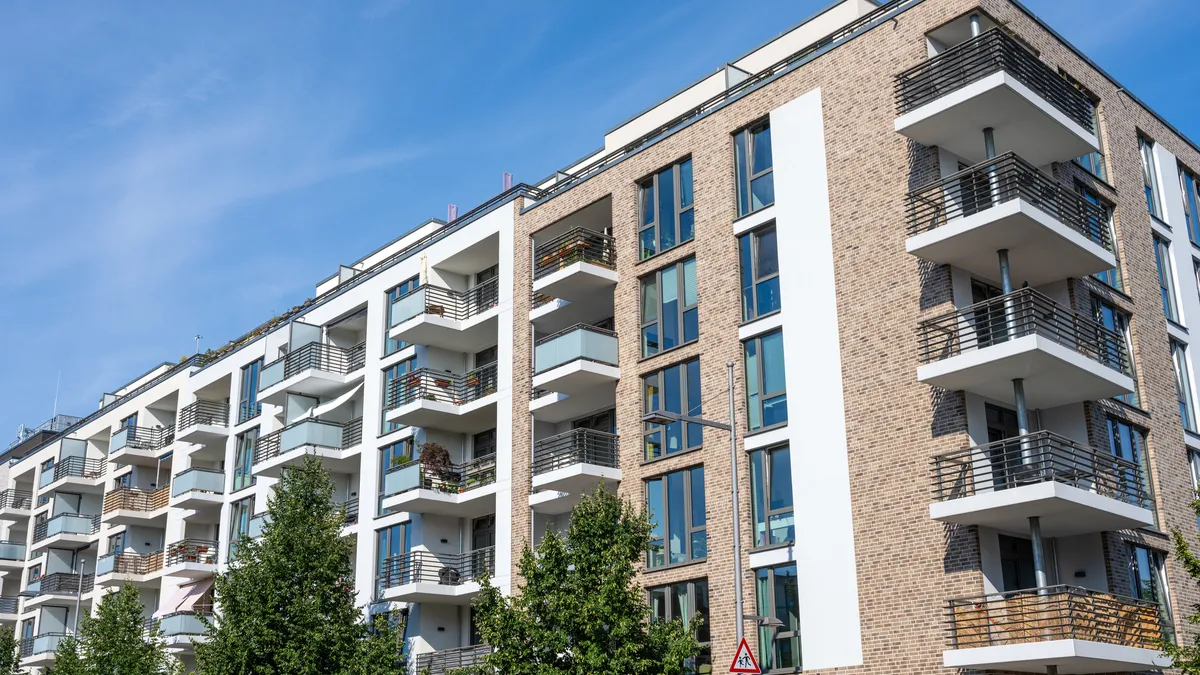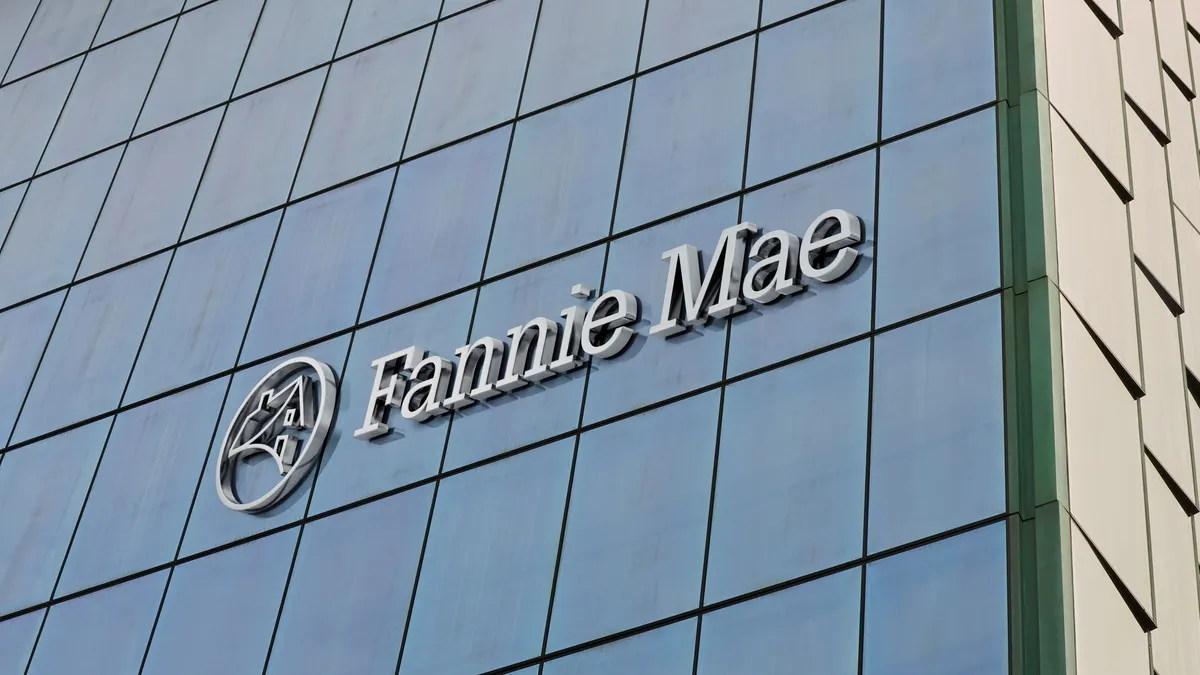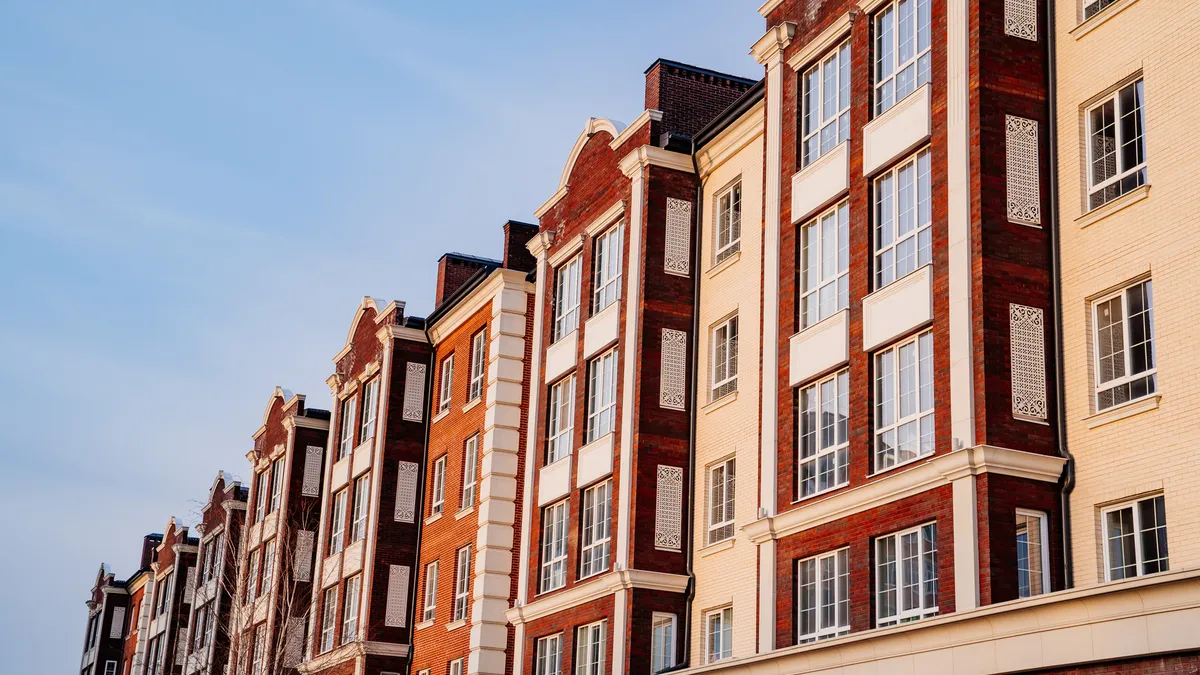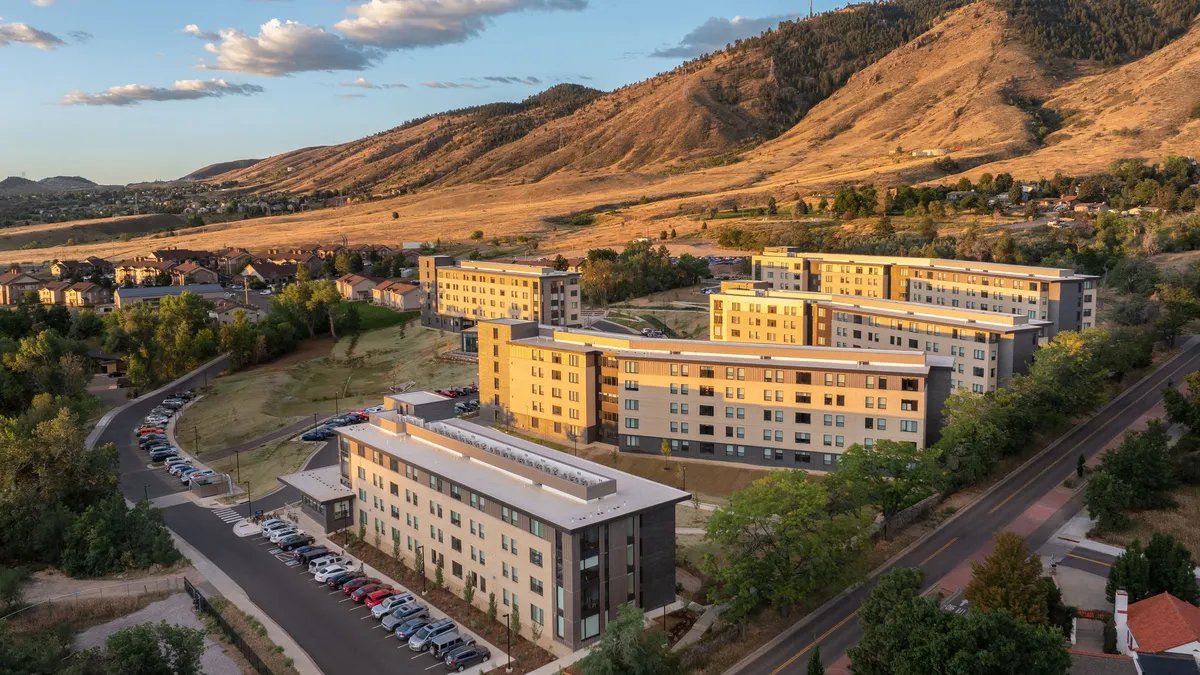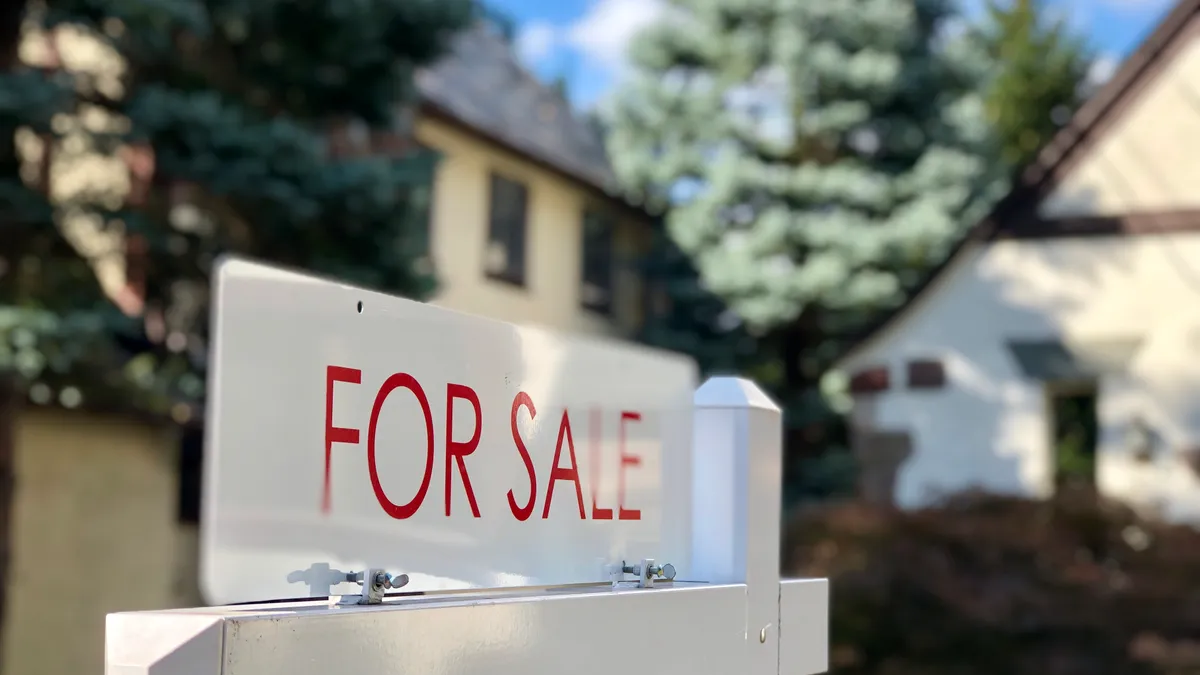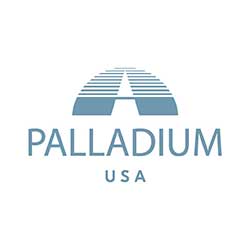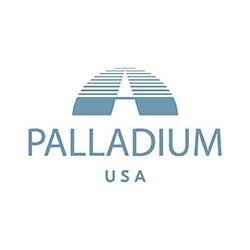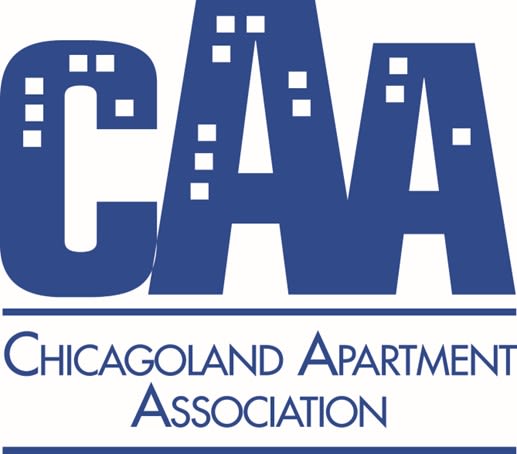It's not easy being an apartment REIT right now. With the private investors valuing real estate more than public markets, some smaller firms, like Centerspace, are evaluating whether it makes sense to sell off their portfolios. Others, like AIMCO, have decided to liquidate their assets.
While it remains unlikely, though not impossible, to see larger REITs — the ones that rank in the National Multifamily Housing Council’s Top 50 — sell to out private investors, the disparity in public versus private values has made it harder for them to purchase new properties.
“Based on our current cost of capital, you generally won't see us buy much at current pricing,” Brad Hill, CEO of MAA, said on the firm’s third-quarter earnings call in October. “So, the pricing that we would have to be able to achieve on an acquisition would have to be substantially different than it was just a few months ago.”
While some REITs raised acquisition guidance based on Q3 activity, others displayed skepticism and decreased their projections. For instance, Equity Residential lowered its acquisitions and dispositions guidance for the full year to $750 million of each from $1 billion of each.
“With private market assets often trading at sub-5% cap rates and at or above replacement cost, our stock presents a compelling value at current levels, making us selective and limited in our acquisition activity for the time being,” EQR CEO Mark Parrell said on the REIT’s Q3 call in October.
Despite those obstacles, REITs still made acquisitions in Q3 2025. Here’s a rundown of what they bought and sold.
AvalonBay Communities
AvalonBay Communities purchased three assets in Q3: 274-unit Avalon at Palisades in Charlotte, North Carolina, for $72.3 million; 270-unit Avalon Coconut Creek in Coconut Creek, Florida, for $99 million; and the 40-unit Redmond Campus II in Redmond, Washington, for $15.7 million.
AVB also sold six communities — four in Washington, D.C., one in Redmond and one in Brooklyn, New York — with an aggregate 1,594 units for $585.1 million. AVB acquired two of the properties from Archstone and developed the other four.
One of the properties, the AVA NoMa, is located in the north of Massachusetts submarket of Washington, D.C., which has been a challenging area for apartment owners. The property was one of over 60 assets the REIT acquired from Archstone in 2013.
“Obviously, that whole platform investment was very favorable for us,” Chief Investment Officer Matt Birenbaum said on the REIT’s Q3 earnings call last month. “But once in a while, in a portfolio of that size, you're going to get one or two that don't do so well. So that was kind of what happened there.”
Camden
In Q3, Camden disposed of two operating communities that operated as one dual-phased community in Houston and one property in Dallas, comprising a total of 626 apartment homes for approximately $113.5 million.
“These disposition communities were on average 24 years old,” Chief Financial Officer Alex Jessett said on Camden’s earnings call earlier this month. “These older, higher CapEx communities were sold at an average AFFO yield of approximately 5%.”
Camden reduced its full-year guidance to $425 million in acquisitions and $450 million in dispositions. Previously, it anticipated $750 million in both acquisitions and dispositions.
“This implies an additional $87 million in acquisitions and an additional $276 million in dispositions in the fourth quarter,” Jessett said.
Essex
In its earnings release, West Coast-focused Essex Property Trust reported the September acquisition of a 234-unit apartment home community in San Jose, California, for $100 million, and the disposition of three apartment home communities, located in Oakland, California, Seattle and Berkeley, California, for $97.5 million, $94.9 million and $52.3 million, respectively.
Over the past year, investors have changed their sentiment as it relates to Northern California apartments, Essex Chief Investment Officer Rylan Burns said on the REIT’s Q3 earnings call in October.
“I'd say we've been relatively early and been able to acquire significant — almost $1 billion of assets — in these submarkets at that 4.8% market rate and a 5.2% yield to Essex,” Burns said.
But, in San Francisco, Burns said cap rates have become especially aggressive, making it difficult for the firm to create value with acquisitions. “We will continue to underwrite everything in Northern California and step in if we see a unique opportunity,” Burns said.
Equity Residential
Equity Residential acquired a 375-unit property in Arlington, Texas, for an acquisition price of approximately $103 million at a cap rate of 5.0%.
On EQR’s Q3 earnings call, Parrell said the deal had “been in process” for a while. “This property was just completed in 2023 and is a nice complement to our Dallas area portfolio,” he said.
In Q3, EQR sold 495 units across two properties — one in suburban Boston and one in Arlington, Virginia — for an aggregate sale price of approximately $247.9 million at a weighted average disposition yield of 5.1%.
“These were older assets averaging nearly 30 years in age,” Parrell said. “These transactions all traded right around a 5% cap rate.”
MAA
In August, MAA closed on a stabilized 318-unit property for approximately $96 million. The asset, located in the Kansas City, Missouri, market and built in 2024, is expected to deliver a year-one NOI yield of 5.8%. In October, MAA acquired a land parcel adjacent to that community and plans future development of a phase II multifamily expansion at the property.
Despite being able to close on the Kansas City property, acquisitions are challenging for the firm. “With the Kansas City [purchase], we are able to find select acquisition opportunities, but that's probably going to be even more difficult,” Hill said.
MAA also closed on the acquisition of a land parcel located in the Phoenix market during October 2025 and plans to begin construction on a 280-unit property in Q4 2025.
“We are also advancing our development pipeline and securing additional attractive long-term investment opportunities,” Hill said.
UDR
UDR was relatively quiet in Q3, but subsequently it entered into an agreement to acquire a 406-unit property in suburban Washington, D.C., for approximately $147 million.
“We are on track to close this deal in the fourth quarter and plan to fund it with dispositions currently in process,” UDR Chief Financial Officer Dave Bragg said on the REIT’s earnings call in October. “As a pair trade, we expect this transaction to enhance the long-term outlook for portfolio-level cash flow.”
The property, located in Northern Virginia, sits directly across the street from an existing UDR apartment community, which the REIT expects should drive operating efficiencies through its operating platform and initiatives.
“The multipronged decision to acquire this asset was based on insights from our predictive analytics platform, our assessment of future CapEx needs and the operation team's on-the-ground perspective,” Bragg said.
Click here to sign up to receive multifamily and apartment news like this article in your inbox every weekday.



